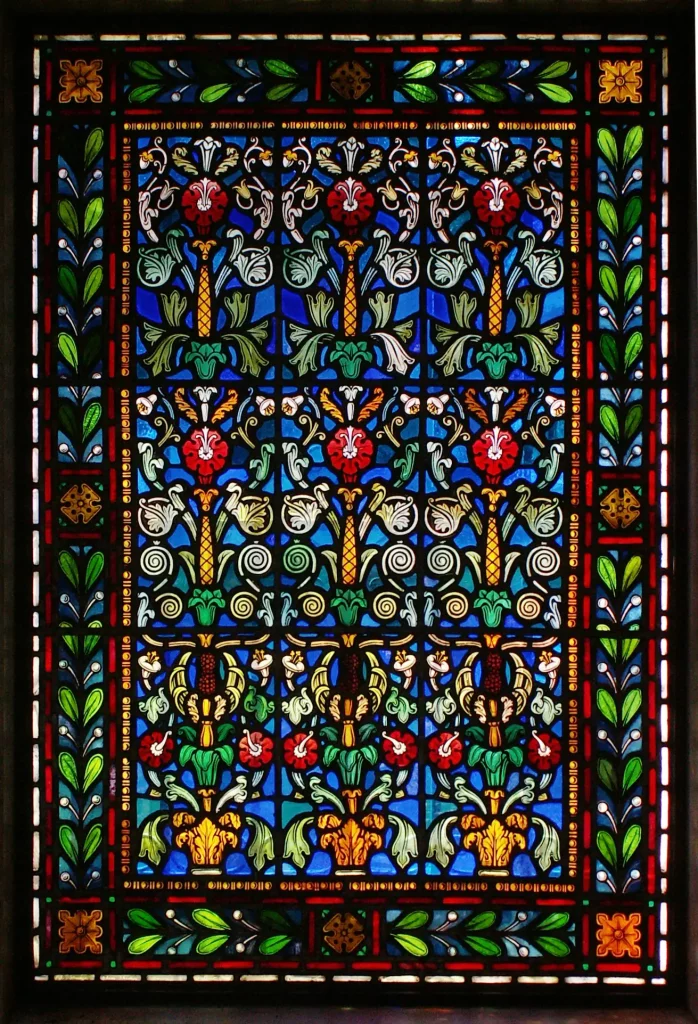If this mausoleum looks a bit like a miniature courthouse, then Mr. Burleigh should feel right at home: he earned his greatest fame, or infamy, as the Allegheny County district attorney who prosecuted the Homestead strikers in 1892. He was later Pittsburgh city solicitor for many years. You may ask how a man who devoted his life to public service gained the kind of wealth evident in this splendid Ionic temple; but if you do ask it, it is because you are not very familiar with Pittsburgh.
-
Clarence Burleigh Mausoleum, Homewood Cemetery
-
Clark Mausoleum, Homewood Cemetery

KONICA MINOLTA DIGITAL CAMERA A standard Ionic temple, though the inset porch is a somewhat unusual touch.

-
Singer Mausoleum, Allegheny Cemetery

A rather Jeffersonian basilica with a dome and a porch with “modern Ionic” columns. It was built in 1903 for William Henry Singer, a steel baron, who lived six more years to enjoy looking at it from the outside.


-
King Mausoleum, Allegheny Cemetery

OLYMPUS DIGITAL CAMERA What began in 1899 as a standard rusticated temple in the “modern Ionic” style was expanded in 1973 by the very unusual addition of left and right wings, where the crypts are accessible directly from the outside. The bronze doors have grilles with a striking passionflower pattern. According to the cemetery’s Web site, Mr. Robert Davidson King made his fortune in county government, which was a profitable business in those days.


-
Alfred E. Hunt Mausoleum, Allegheny Cemetery

Alfred E. Hunt was a pioneer in the aluminum business; he founded the company that became Alcoa and made aluminum a useful commodity rather than a laboratory curiosity. Oddly, although Hunt died in 1899, his mausoleum was not built until 1930. Father Pitt does not know the reason for the long delay. Inside this simple Ionic structure is a beautiful patterned stained-glass window.

The pictures in this article are released under the Creative Commons CC0 Universal Public Domain Declaration, so no permission is needed to use them for any purpose.


